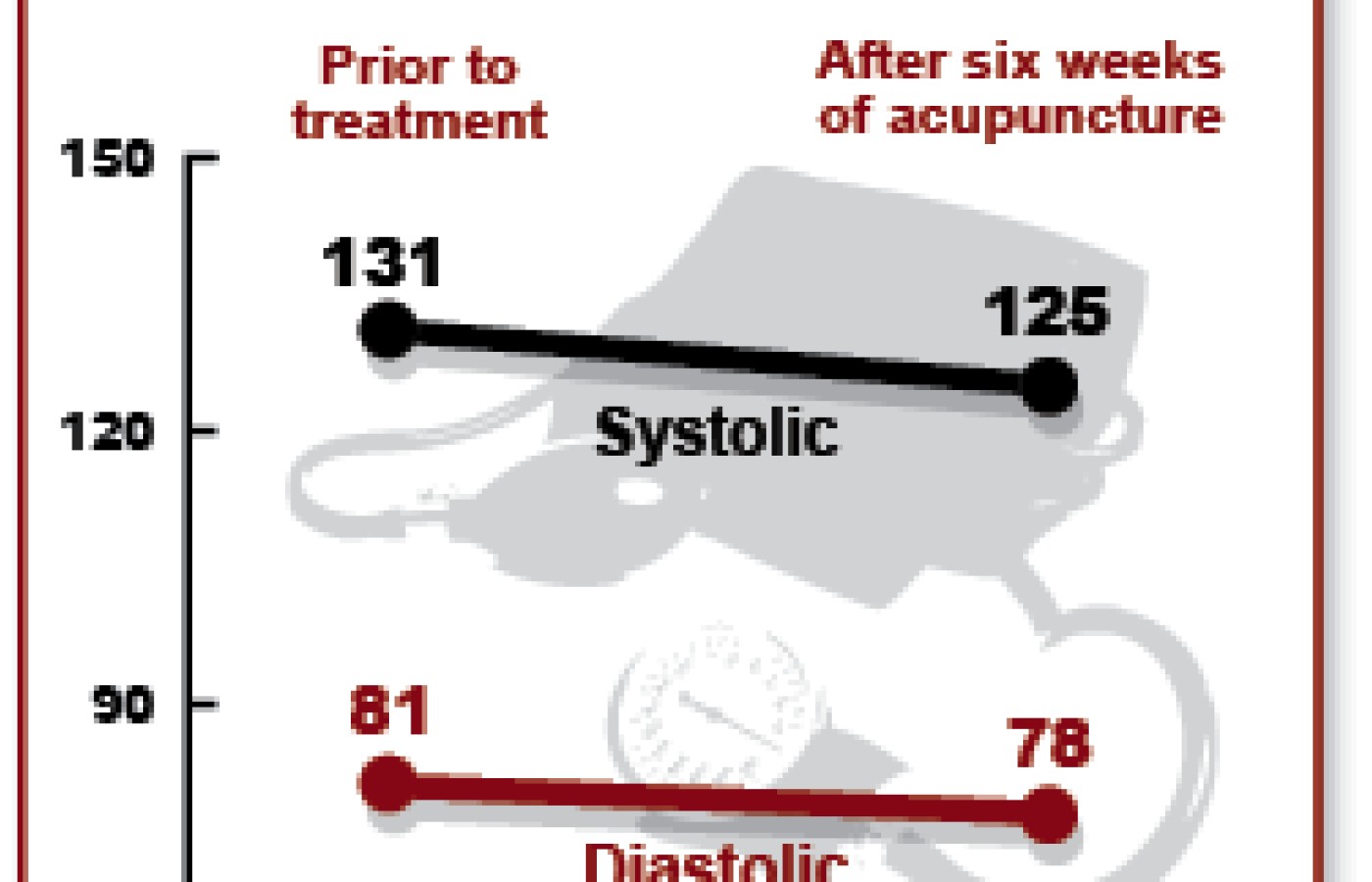Consequences for HIPAA violations can often be quite harsh. If someone has breached the HIPAA privacy regulations – even without any malicious intent, civil penalties are applicable: $100 per violation for unawareness, a minimum of $1,000 for reasonable cause, a minimum of $10,000 if willful neglect is present and then rectified, and finally, a minimum of $50,000 for individuals who act with willful neglect and ignore the issue.
| Digital ExclusiveAcupuncture Effective for Hypertension
Practitioners and other devotees of Oriental medicine are well-aware of acupuncture's many health benefits - the profession has literally thousands of years of clinical success stories. The challenge in today's evidence-based health care culture is the lack of solid, well-designed research to scientifically support these success stories, particularly for certain conditions.

A randomized, double-blind study, published online for the June 4, 2007 issue of Circulation, suggests regular acupuncture treatments can help with an all-too-common condition: high blood pressure. Researchers found that patients with hypertension achieved significant short-term reductions in systolic and diastolic blood pressure following the administration of acupuncture.
Researchers from the University of Erlangen in Germany and Nanjing University of Traditional Chinese Medicine in China randomized 160 hypertensive patients to six weeks of either active acupuncture or sham acupuncture (22 sessions for 30 minutes each), to determine if active acupuncture could reduce systolic and diastolic blood pressure. Blood pressure measurements were taken before treatment and after each session.
Needling points were chosen according to the Chinese type of hypertension and conformed to typical prescriptions for the disorder. Sham needling was done on locations not relevant for lowering blood pressure. In looking at the blood pressure readings for the subjects, the researchers found:
"There was a significant (P<0.001) difference in posttreatment blood pressures adjusted for baseline values between the active and sham acupuncture groups at the end of treatment. For the primary outcome, the difference between treatment groups amounted to 6.4 mm Hg (95% CI, 3.5 to 9.2) and 3.7 mm Hg (95% CI, 1.6 to 5.8) for 24-hour systolic and diastolic blood pressures, respectively. In the active acupuncture group, mean 24-hour ambulatory systolic and diastolic blood pressures decreased significantly after treatment by 5.4 mm Hg (95% CI, 3.2 to 7.6) and 3.0 mm Hg (95% CI, 1.5 to 4.6), respectively."
For example, before treatment, the mean 24-hour systolic/diastolic reading was 131/81 for the active group and 129/80 for the sham group. By the end of the six weeks of treatment, the active group mean systolic/diastolic was 125/78 and the sham group was 130/80. The active group daytime systolic/diastolic scores before and during treatment were 136/84 and 128/80, respectively. The daytime sham group scores were 133/82 and 134/82, respectively. The nighttime scores for the active group, before and during treatment were 120/73 and 117/72. The sham group's nighttime scores were 120/73 before treatment and 120/74 during treatment. Blood pressure changes during peak bicycle stress-testing were also measured, but the changes were not significant.
It's important to note that these results were short-term. When the researchers measured blood pressure again at both three- and six-month follow up, they found: "Mean systolic and diastolic blood pressures [had] returned to pretreatment levels in the active treatment group." This outcome suggests that reductions in blood pressure are based on receiving regular acupuncture treatment.
In conclusion, the researchers recommended: "As shown in the present study, acupuncture may offer an alternative antihypertensive therapeutic option. Acupuncture effectively lowered systolic and diastolic blood pressures during the treatment period with no or minimal side effects. Patients with mild or moderate hypertension who want to avoid drug therapy or are attracted to the spiritual foundations of acupuncture may therefore be candidates for such a therapy. This modality might also serve as an additional option together with drug therapy."



